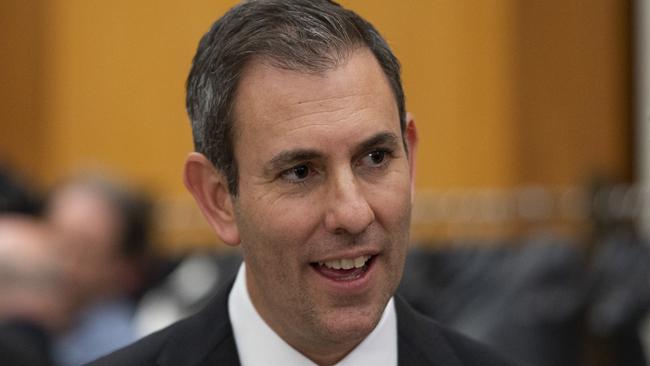
The economy is a sorry tale. The Reserve Bank is expected to deliver its fifth consecutive rate rise in early October on the back of the US Federal Reserve raising rates and increasing the odds of a recession in 2023. The global threats are clear; the American economy is sliding, Britain is in chronic decline, Europe is suffering an energy crisis and food shortages thanks to the EU’s climate policy and Russia’s military aggression. Australia’s allies are in strife and our trade with China faces multiple challenges that range from the slowing Chinese economy to the CCP’s use of trade coercion. There are no quick fixes for the pain to come, but the government is yet to reduce spending in line with economic reality.
Government spending sits at 28 per cent of real national output after fluctuating between 23 and 24 per cent for many years. After Labor took office, it was warned implementing its nearly $45bn “off-balance-sheet” election promises could put the nation’s AAA credit rating at risk. As The Australian’s Patrick Commins wrote, the pledges included a $10bn fund to increase social and affordable housing, a $20bn “rewiring the nation” fund to upgrade the electricity grid and build infrastructure, and $15bn to revitalise national manufacturing. The PM has since announced $1.4bn in Covid-19 funding to pay for testing kits, PPE, workers and stay-at-home leave payments.
Unions agitate for higher pay almost reflexively and Labor campaigned before the election to increase the minimum wage. While many Australians support higher wages for hardworking people in low-paid jobs, the effect on national productivity is less commonly considered. The days lost to industrial strike action reached 18-year highs in the June quarter. In the same month, Anthony Albanese urged the Fair Work Commission to increase the minimum wage. The commission raised the salary of low-paid workers by 5.2 per cent, or $40 a week, despite economists warning it could drive up inflation.
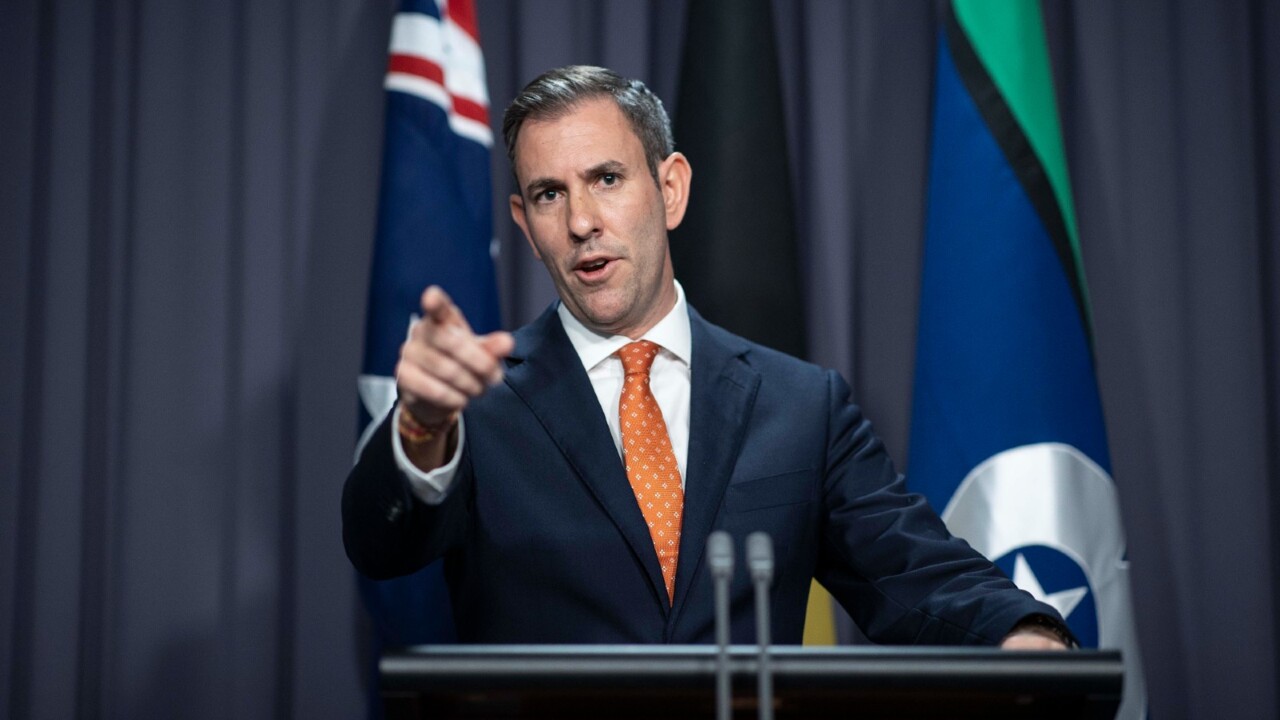
The last time Labor delivered a budget surplus was in 1989-90. The Coalition had the budget nearly balanced in 2019 and was looking forward to a surplus in 2020, all things being equal. Covid-19 dashed the dream of getting the budget back on track. Chalmers is keen to blame the former government for the great wall of debt Labor inherited, but Labor urged more spending when the Coalition tried to restrain it both before and after Covid hit.
Labor faces a reality deficit about its spending problem that could pose serious issues down the track. While the Treasurer is playing down expectations the government continues to fund social programs and niche projects without hard evidence they work in the national interest. The budget will not be balanced for years, but the nation cannot weather another external shock like a pandemic, natural disaster, major recession or military conflict unless Labor commits to using revenue to reduce the debt and deficit. It was gifted an early windfall of $50bn thanks to high commodity prices in significant part. Chalmers has noted this is temporary and we will face grimmer economic times. If Labor is to govern for the nation, it must become fiscally conservative in ways that go against party ideology. Welfare and social programs will have to be rationalised. It will take intelligence, imagination and policy finesse to devise a plan for economic rationalisation that reflects Labor values.
Another factor that could weigh against Labor’s ability to weather a recession is the unintended consequences of legislating an emissions target. Unless carefully worded, the legislation could reduce its ability to respond to rapidly changing external conditions such as supply chain disruptions caused by military conflict, trade coercion, natural disasters, or pandemics. In an interview with The Australian’s Eli Greenblat, the boss of the nation’s largest brickmaker warned materials were running low because of continuing supply disruptions. Brickworks boss Lindsay Partridge has reduced carbon emissions in his businesses by 40 per cent on 2005 levels, but says reliable energy supply must be the government’s top priority and affordable energy comes a close second. The third priority is making manufacturing renewable.
Mining and high commodity prices have buffered Australians from the pain felt in other developed countries, but the good times are coming to an end. The government’s priorities were set before the full picture of global economic decline came into view. Since then, the increasing likelihood of a global recession has put some distance between the present and the promised land.
The government will be left to manage cost-of-living increases by prioritising national productivity and national security, reliable and affordable energy, and the back-to-basics education that will make young Australians globally competitive. The Treasurer’s first challenge will be to convince the caucus that fiscal restraint is consistent with the social good and governing in the national interest. He will need more than luck on his side.


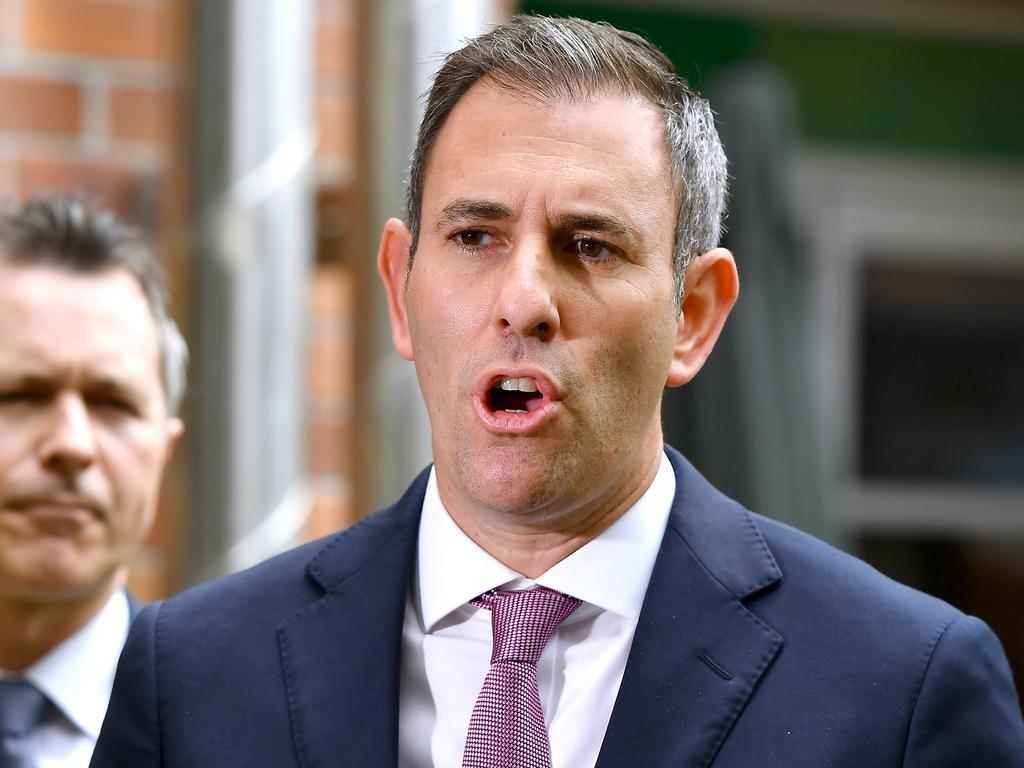
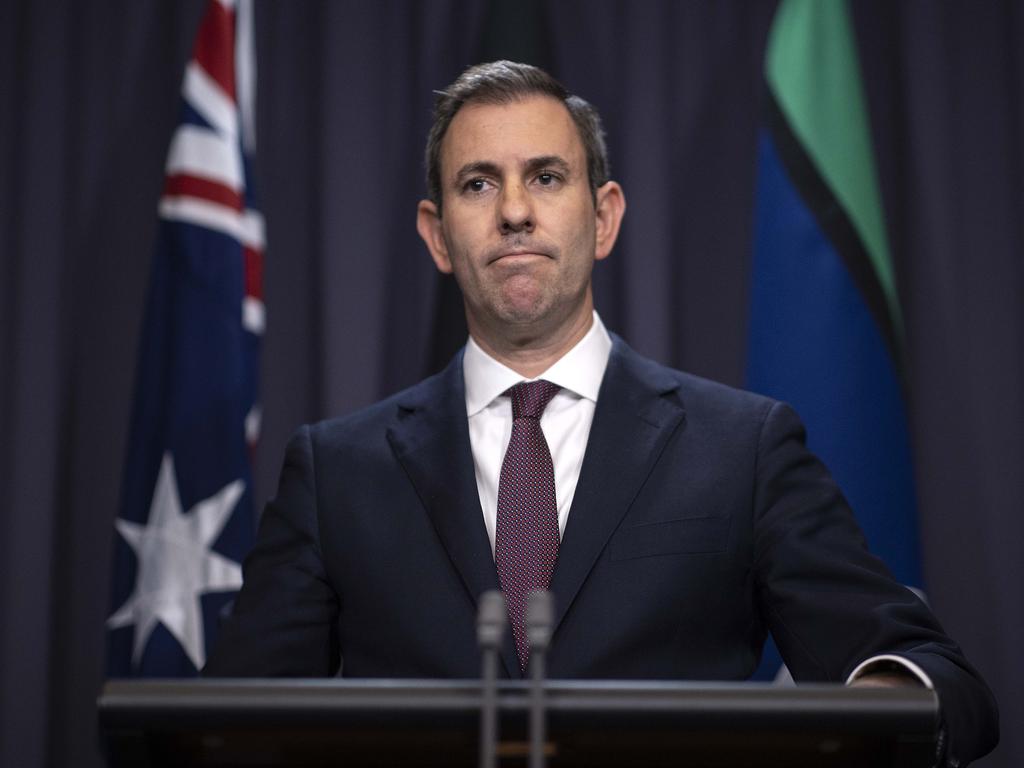

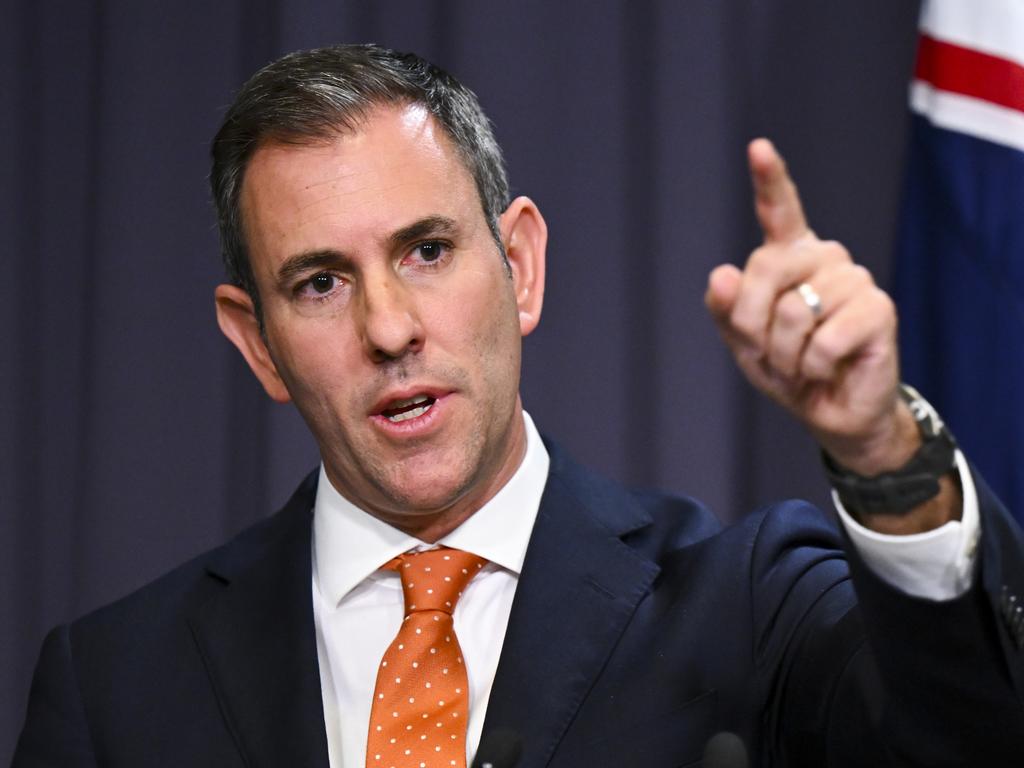
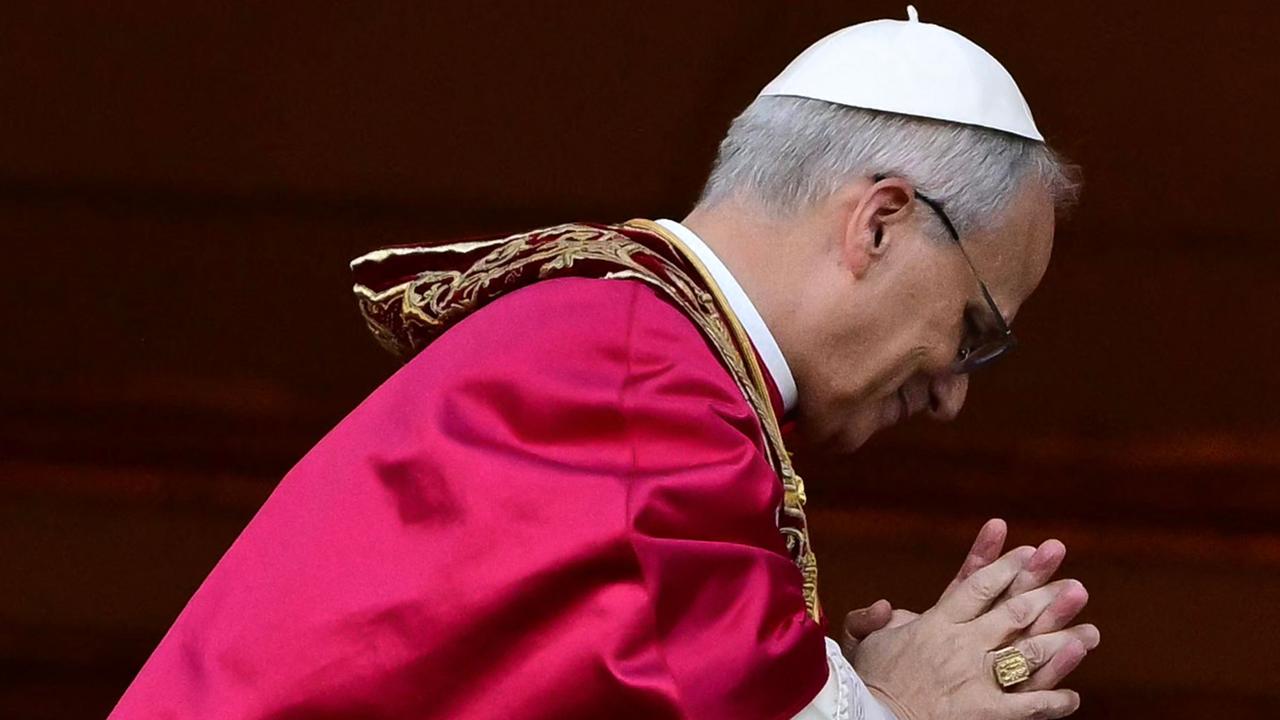

Treasurer Jim Chalmers faces economic turmoil not seen in decades with precious few reserves to manage it. In a conservative party room, there might be less trouble convincing colleagues fiscal restraint is necessary. Instead, Chalmers must face a party with a spending addiction fuelled by years of low interest rates and a belief bigger is always better when it comes to government. Unless the Treasurer can make fiscal discipline a priority, he will fail to manage the economy in the national interest.